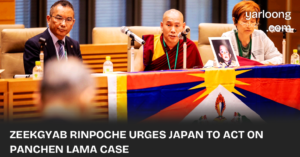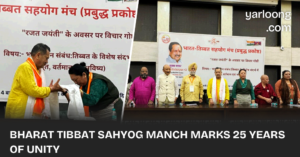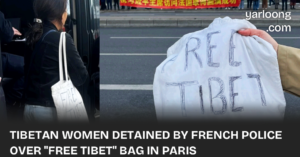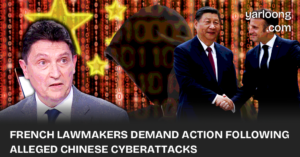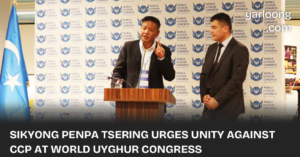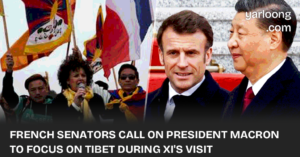
The Tibetan government-in-exile has started informal discussions with China, reviving contact after more than a decade since formal negotiations ceased, as reported by the Hindustan Times. This development comes during ongoing tensions between India and China over border disputes.
Sikyong Penpa Tsering, the head of the Central Tibetan Administration (CTA) located in Dharamshala, Himachal Pradesh, mentioned that their side is not initiating these back-channel communications. “They [the Chinese] are reaching out to us, it’s not us reaching out to them,” Sikyong told reporters, underscoring the cautious nature of these preliminary contacts.
The dialogue, described as “very informal” by Sikyong, marks the first such communication since 2010, when official talks halted after nine rounds. Despite the restart, the Tibetan leadership maintains no immediate expectations from these talks. “We do have back channel [communications] since last year, but we have no immediate expectations. It has to be long-term,” Sikyong explained, as mentioned in the Hindustan Times.
Norzin Dolma, the Tibetan Minister for Information and International Relations, echoed this sentiment, indicating uncertainty about achieving any significant outcomes soon. This approach follows a history of challenging negotiations where, in 2008, Tibet proposed a plan for substantial autonomy, which China viewed suspiciously as a veiled bid for independence.
The renewal of discussions coincides with strained India–China relations, exacerbated by a military standoff in Ladakh along the Line of Actual Control (LAC). The conflict has spotlighted the Tibetan issue in India, leading to increased public and media interest in Tibet‘s situation and India‘s stance on the matter.
ALSO READ: G7 Foreign Ministers Highlight Concerns Over China’s Rights Violations in Tibet and Xinjiang
According to the Hindustan Times, Sikyong appreciates India‘s support and hopes for more vocal advocacy at international forums like the United Nations. “We would definitely want India to be a little more vocal [on the issue of Tibet] at multilateral forums such as the UN,” Sikyong stated.
Moreover, the CTA closely collaborates with the Indian External Affairs Ministry and security agencies, maintaining a transparent relationship, crucial amid ongoing regional tensions and China’s increasing focus on the Global South.
Sikyong also recognized the impact of Chinese military activities near Tibetan regions, noting that any normalization of India–China relations must involve resolving these border disputes. This stance supports the broader Indian government’s policy that peaceful relations with China hinge on resolving military standoffs.
As these back-channel efforts continue, the Tibetan leadership aims for a long-term strategy, seeking to sustain dialogue while managing realistic expectations about the complexities of their geopolitical situation.

